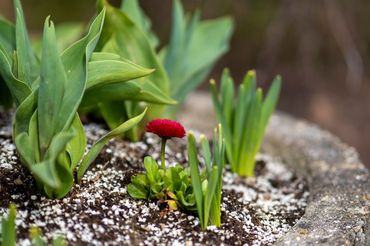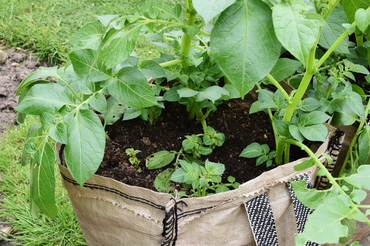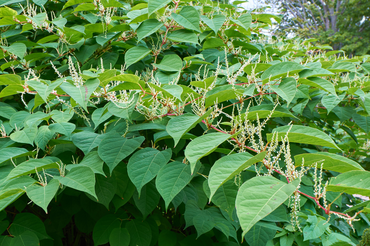
Weeds can be a real nuisance in the garden. They compete with our favourite plants for water and nutrients, and they spread the minute our backs are turned. As gardeners, we’re always looking for better ways to deal with the problem, so here’s our quick guide on how to get rid of garden weeds.
Getting Rid of Annual Weeds
Annual weeds like chickweed, hairy bittercress, spurge, and groundsel grow, set seed, and die all within one year. When dealing with annual weeds, the first rule is to get to them before they set seed - there’s a well-known saying that ‘One year’s seed means seven years’ weeds.’ Hoeing is an easy way to tackle these weeds. On a dry day, use the hoe to sever the plant roots just below the ground. Leave the weeds on the surface of the ground to wither and die.
Controlling Weeds by Mulching
Mulching (putting a layer of compost, bark, gravel, or other material) on the soil suppresses weeds by blocking light from the seeds, stopping them from germinating. Mulching with organic matter like compost is also great for the soil, improving its structure. Mulch flower beds annually, using a 5cm (2in) layer of compost or well-rotted garden manure. Bark chips make a good mulch around shrubs.
How to Get Rid of Difficult Weeds
Many weeds can be dug up using a hand fork, but perennial weeds like dandelions, bindweed, and the ground elder will grow back from any root segments left in the ground, making them difficult to get rid of. Bindweed and ground elder are particularly hard to control because they produce extensive networks of underground roots. Regular hand weeding will weaken them eventually, but ensure you remove as much of the roots as possible. Use a dandelion grubber, which has a long narrow blade, to dig up dandelions.
Difficult perennial weeds can also be killed using a systemic weedkiller containing glyphosate. Systemic weedkillers are absorbed through a plant’s leaves and work their way through the whole plant, killing it right down to the roots. When spraying systemic weedkillers, protect surrounding plants by covering them with plastic sheeting, as the weedkiller will kill any plant it comes into contact with. Always follow the manufacturer’s instructions when using weedkiller.
Weeds That Are Good For Wildlife
Weeds do have some benefits, especially for garden wildlife:
- Dandelion flowers are one of the top food sources for bees early in the year before most other plants are in flower.
- Dandelion seedheads provide food for small birds like goldfinches and blackbirds.
- Flowering weeds like daisies, buttercups, and clover are good for bees and hoverflies.
- Nettles provide food for the larvae of many moths and butterflies, including tortoiseshells and peacocks.
If your garden is big enough, it’s worth leaving a few weeds to grow in an unused patch to help support your local wildlife.
Whatever approach you take to tackling your garden weeds, we have all the tools you need, so come and visit us soon!




